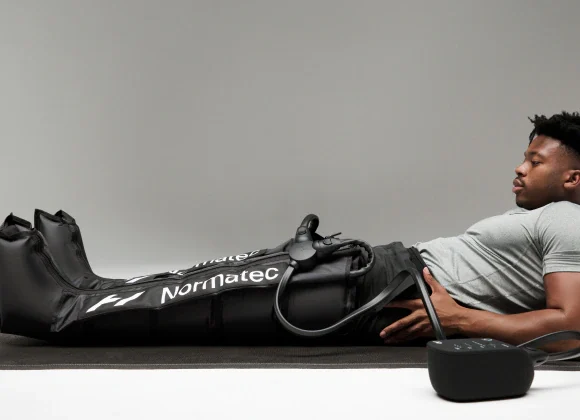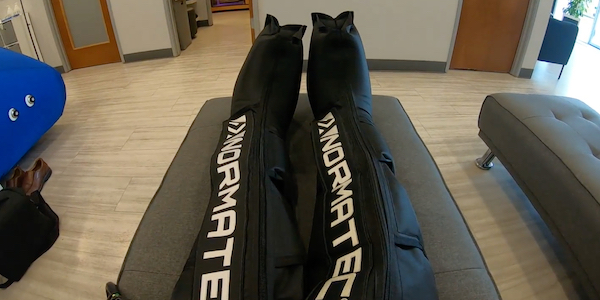A Comprehensive Guide to Compression Therapy
Compression Therapy
Compression Therapy Today
Today, compression therapy addresses a wide range of venous issues, including:
- Chronic venous insufficiency
- Varicose veins and spider veins
- Deep vein thrombosis (DVT)
- Post-surgical recovery
- Lymphedema and swelling management
Compression garments are not limited to those with medical conditions. Athletes use them to enhance performance and recovery, while frequent travelers and expectant mothers rely on them for comfort and circulation.



A Rich History of Compression Therapy
A Rich History of Compression Therapy
Compression therapy dates back thousands of years, with its roots in ancient Rome and Egypt, where physicians used bandages to treat leg injuries. Modern compression garments, however, emerged much later, in the 1940s and 1950s. This innovation revolutionized the management of venous conditions and continues to benefit countless individuals today.
The Origins of Modern Compression Therapy
The transition from bandages to advanced compression stockings began in the late 1930s, just before World War II. Early pioneers, such as Conrad Jobst, played a pivotal role. Suffering from chronic venous insufficiency (CVI), Jobst was inspired to create compression stockings after noticing relief from swimming, attributing it to the pressure exerted by water. He worked with medical experts to develop stockings that simulated this effect, laying the foundation for modern compression garments.
Initially, these garments applied uniform pressure, but by the 1980s, the concept of graduated compression was introduced, providing more pressure at the lower limb to counteract gravity effectively. This advancement became the gold standard in compression therapy, making it more effective and comfortable for users.

Types of Compression Products
Compression therapy products come in various styles to suit different needs:
- Compression Socks: Ideal for lower legs, available in knee-high or ankle-length designs with diverse colors and patterns.
- Thigh High Stockings: Provide compression benefits for the entire leg, featuring silicone bands for secure placement.
- Pantyhose and Tights: Offer waist-to-toe compression, available in sheer or opaque fabrics, perfect for full lower-body support.
- Arm Sleeves: Designed for the upper body, providing relief for arm swelling and circulation issues.
- Intermittent Pneumatic Compression (IPC) Devices: Use cuffs that inflate and deflate to improve blood flow and reduce the risk of DVT, especially in post-surgical patients or those with limited mobility.
Understanding Compression Levels
Compression garments are available in different pressure levels:
- Mild (8-15 mmHg): Prevent fatigue and mild swelling, ideal for prolonged sitting or standing.
- Moderate (15-20 mmHg): Commonly recommended for beginners to address varicose veins and mild DVT symptoms.
- Firm (20-30 mmHg): Used for moderate edema, lymphedema, and more severe venous issues.
- Extra Firm (30-40 mmHg): Prescribed for advanced venous conditions or severe lymphedema.
- Very Firm (40-50 mmHg): Reserved for the most critical venous conditions and should be used under medical supervision
Why Choose BIOVISTA PHARMA for Compression Therapy?
At BIOVISTA PHARMA, we are your trusted source for comprehensive compression therapy solutions. We offer a wide range of products, including:
- Anti-Embolic stockings
- Below-the-knee and above-the-knee compression stockings
- Compression pantyhose
- Compression arm sleeves
- Intermittent Pneumatic Compression devices
With our extensive range of compression therapy products, we provide tailored solutions to meet your specific needs, ensuring comfort, quality, and effectiveness.
Explore our selection today and experience the benefits of advanced compression therapy!
Address
Vision Plaza,Mombasa Road,Nairobi ,Kenya
Call Us
+254 721 995 707
Email Us
info@biovista.co.ke
